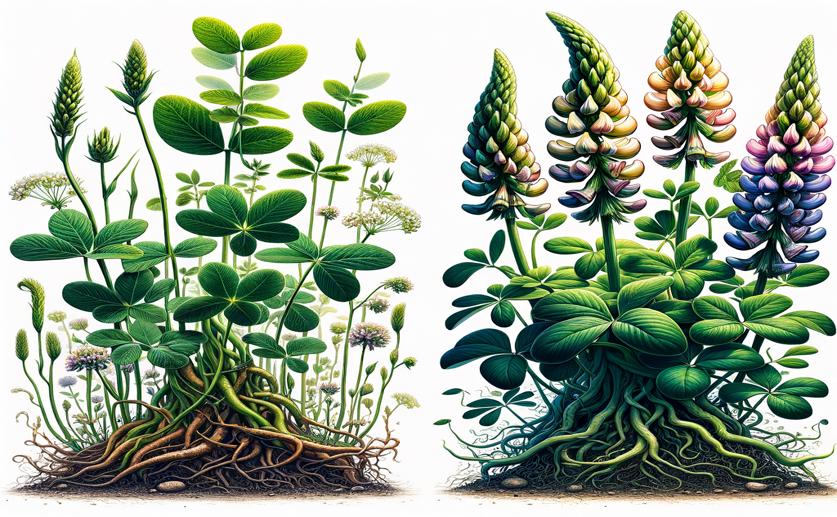
Understanding Genetic and Growth Traits of Two Types of Vetch Plants
Jim Crocker
28th July, 2024

Image Source: Natural Science News, 2024
Key Findings
- The study, conducted in Turkey, compared the genetic and morphological traits of Vicia cassia, Vicia aintabensis, and Vicia sativa
- Vicia aintabensis has a significantly larger genome size than Vicia cassia and Vicia sativa
- Significant variations were found in plant traits like stem length, number of branches, and seed weight among the species
AgricultureGeneticsPlant Science
References
Main Study
1) Elucidating karyological and agro-morphological characteristics of Vicia cassia boiss. and V. aintabensis Boiss. & Hausskn
Published 27th July, 2024
https://doi.org/10.1007/s10722-024-02074-4
Related Studies
2) Satellite DNA in Vicia faba is characterized by remarkable diversity in its sequence composition, association with centromeres, and replication timing.
3) DNA-Based Identification of Eurasian Vicia Species Using Chloroplast and Nuclear DNA Barcodes.
4) Plant DNA flow cytometry and estimation of nuclear genome size.
Journal: Annals of botany, Issue: Vol 95, Issue 1, Jan 2005



 25th July, 2024 | Jenn Hoskins
25th July, 2024 | Jenn Hoskins